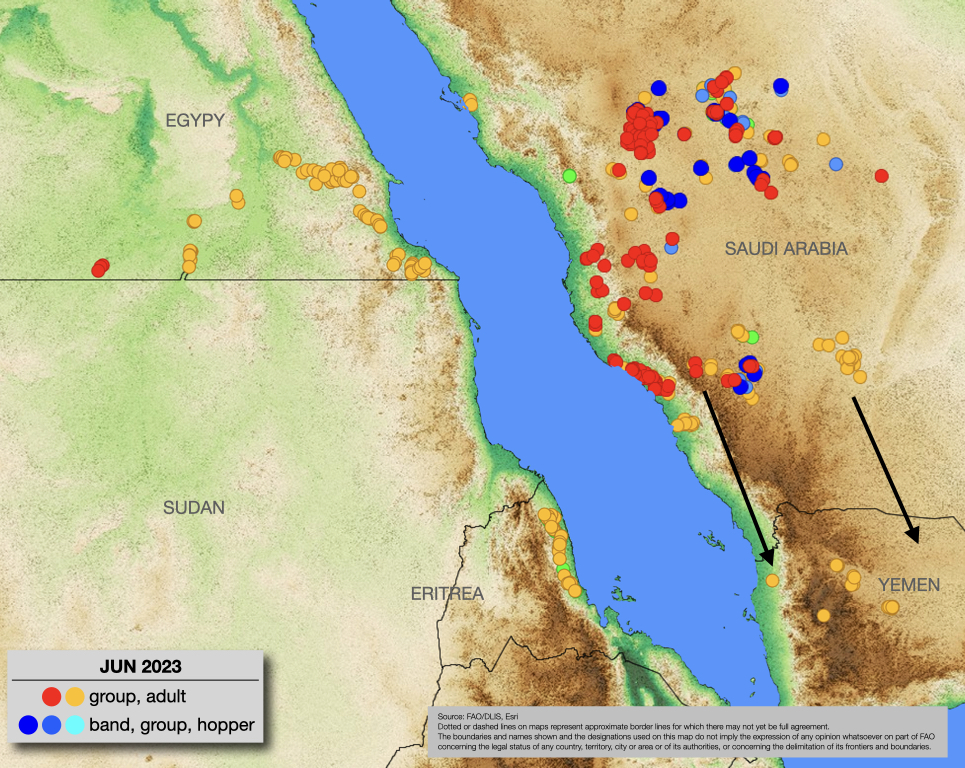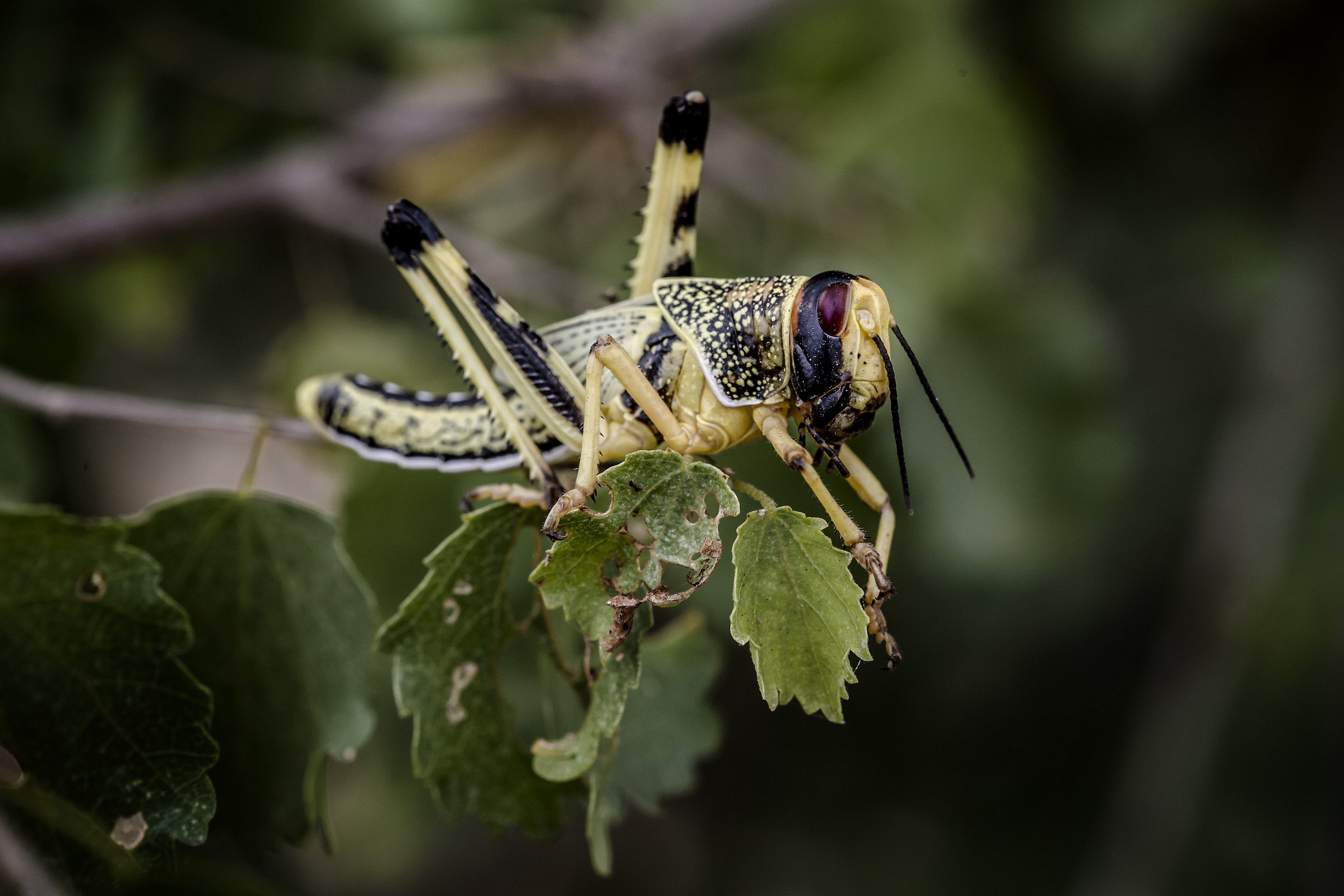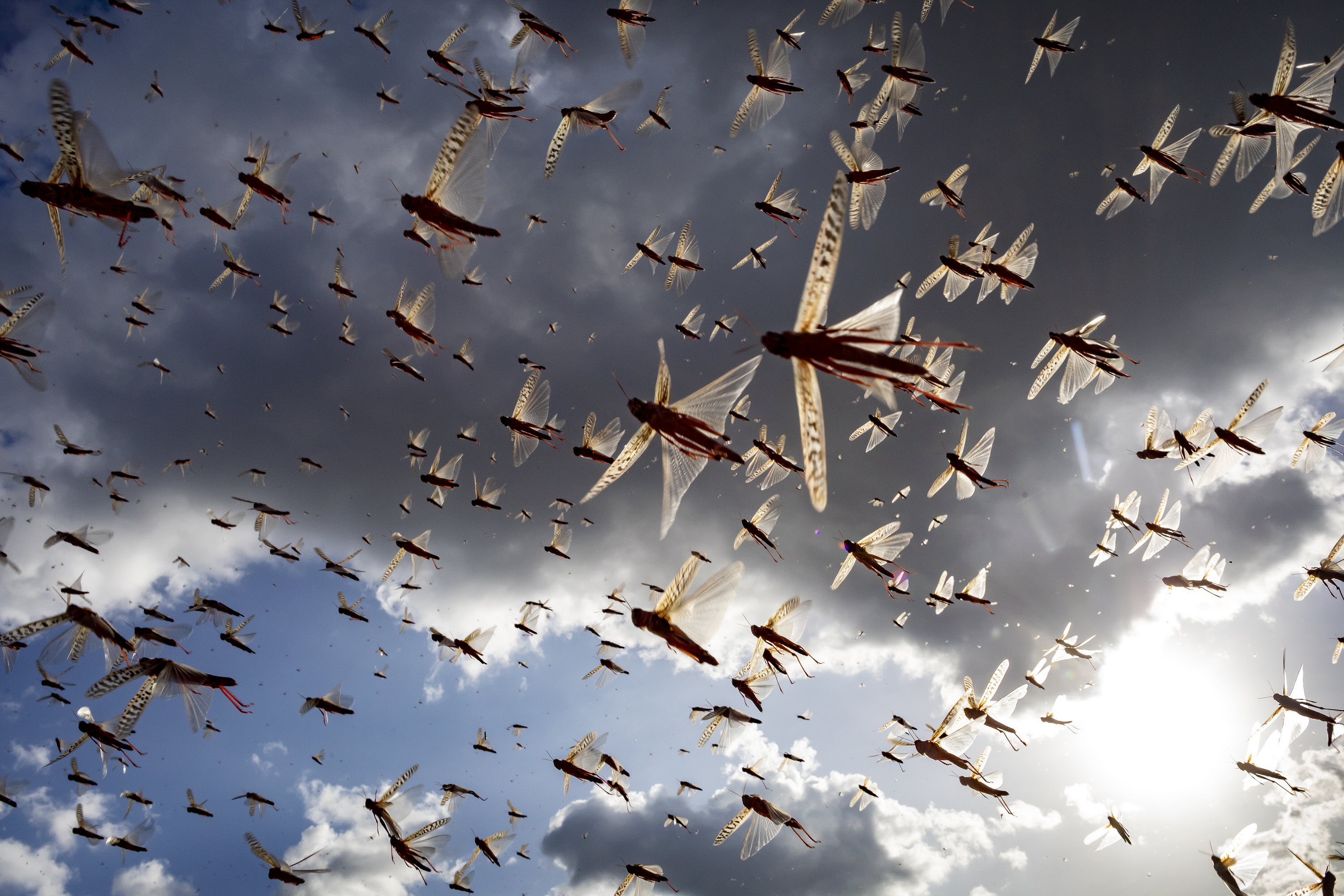3 July 2023: Calm in Western Region

Key Points
- Current situation: mainly adult groups and control in Saudi Arabia, Morocco, Algeria, Mauritania, Egypt.
- July–September: above normal rains in summer breeding areas for small-scale breeding in northern Sahel; slightly above or normal in Yemen; below normal in Indo-Pakistan.
Summer rains started early
The Desert Locust situation was mainly calm during June.
Control operations continued in Saudi Arabia where late instar hoppers, groups, and bands became groups of immature adults in the interior and parts of the Red Sea coastal area. In Yemen, scattered adults were seen in the interior as well as in parts of the highland and northern Red Sea coastal areas. Hoppers and solitarious adults were on the Red Sea coast of Eritrea while control operations occurred in a few places on the southeast Red Sea coast and Nile Valley in Egypt.
In Northwest and Western Africa, a few control operations occurred in Morocco and Algeria where groups of immature adults were present. In Mauritania, small groups of immature adults arrive in the northwest from further north and some control was done.
There was a cyclone on the coast of southeast Pakistan and nearby India.
During the forecast, locusts will decline in Saudi Arabia, Morocco, and Algeria due to increasing temperatures and very little or no rainfall. However, locust numbers should increase slightly in the summer breeding area in the northern Sahel from Mauritania to western Eritrea. Small-scale breeding could occur in parts of Yemen and the Indo-Pakistan border if more rains fall.



